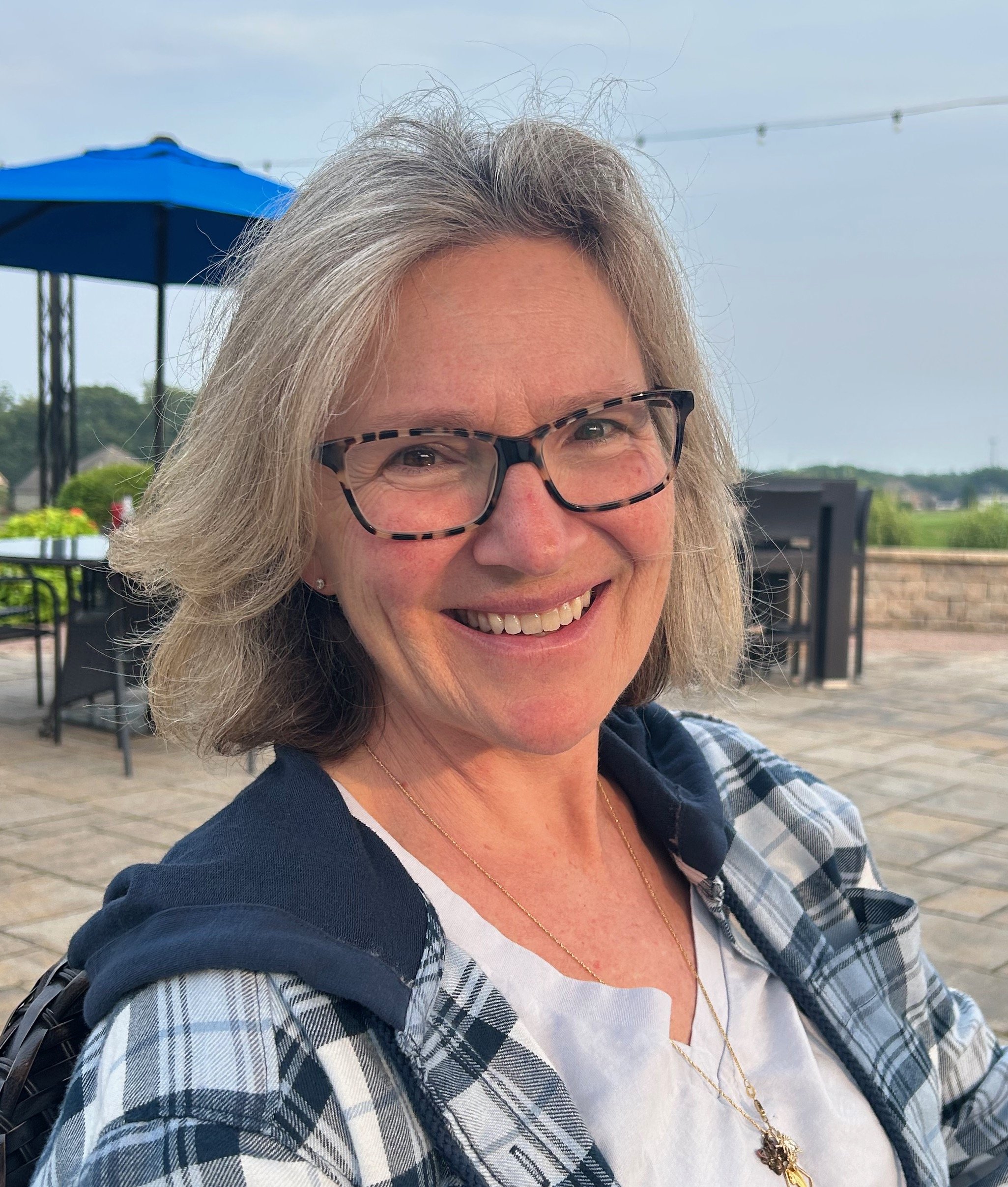Fiction and visual art are a natural pairing, one digging deep through words, the other a profound visual exploration. Both genres allow ways to explore the issue of mental health.
In my short story “Slipping Away,” the main character Maggie experiences panic attacks that come in the form of wildly unreasonable, debilitating thoughts rooted in the fear of losing control. As with many mental health issues, prescription drugs can be beneficial as a treatment for panic attacks, and these medications have come a long way since the era of “Slipping Away,” back when milk was delivered to our homes. But the very idea of drugs to “manage” panic attacks can still be terrifying to a patient who may well see them as a further loss of control.
In the visual presentation and artwork titled “Side Effects,” (Fall 2019 Intima), the artist Tina La Porta employs a deluge of pills with their array of possible side effects in powerful ways that echo the overwhelming emotion felt by Maggie at the thought of “seeking help.” When Maggie’s attacks occur at home, there is an alternative to medication and that is the compassion of her husband who holds her and speaks to her of all things grounded and reasonable. The spells pass. But for someone who does not suffer from panic attacks, he can only understand and handle so much and would benefit from having someone—or something else—provide a solution.
© Side Effects. Tina La Porta. FALL 2019 Intima
Susan Baller-Shepard’s work “How a Heart Grows” (Fall 2018 Intima) is a strong visual image that can help us think about what Maggie and others who suffer from panic attacks desire: profound compassion. After all, in “Slipping Away,” compassion is a solution. The artist’s exquisite photograph of an upside-down beet forming the shape of a heart says to me that it might serve us well to try very hard to look at things from another perspective, even if it may feel upside down. In fact, doing so, we might see something unexpected: our own growing hearts.
We’ve continue to do great things medically for mental health, and we’ve begun to turn the tide on the social stigmas as well. But there’s plenty still to be done, and the greatest contribution of all may come in our recognition of compassion.
Lisa Napolitan is married to a brilliant, selfless woman who supports her writing habit; they have two awesome college kids. Her work has appeared in various journals. Her short story, “Destrehan,” which was published by Into the Void, was nominated to Best Small Fictions. She serves on the Board and Conference Committee of Women Who Write, Inc., a non-profit supporting women writers at all stages of their careers. She holds a BA in Semiotics from Brown, an MFA with Distinction in Creative Writing from Hofstra and is working toward her doctorate in writing and literary studies at Drew University. She credits her brilliant mother for inspiring her as a writer. Discover more: lisanapolitan.com and on Twitter @4amwriterlisa.



